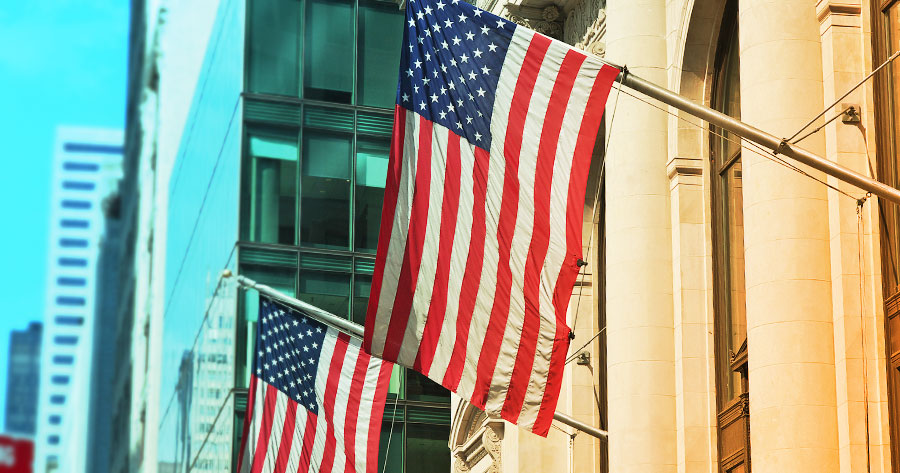U.S. consumer prices expanded at a slower pace than expected amid declining gasoline costs. However, higher rental costs kept underlying inflation pressures simmering. This could lead to the Federal Reserve raising interest rates in the next meeting in May.
The Consumer Price Index (CPI) rose 5.0% in March, slower than a 5.2% year-on-year increase expected by economists. Compared to February, consumer prices climbed 0.1% in March after increasing 0.4% in the previous month, according to the data released by the Labor Department on Wednesday.
Energy costs fell 3.5% in March, while flat food index played a great role in March.
Excluding the volatile food and energy prices, the core CPI rose 0.4% and 5.6%, both as expected.
Meanwhile, shelter costs expanded only 0.6%, the smallest gain since November last year, but still resulted in prices rising 8.2% on an annual basis.
The U.S. inflation peaked at 9.1% in June last year, a level not seen since November 1981. It is still far from the Fed’s target of 2.0%.





